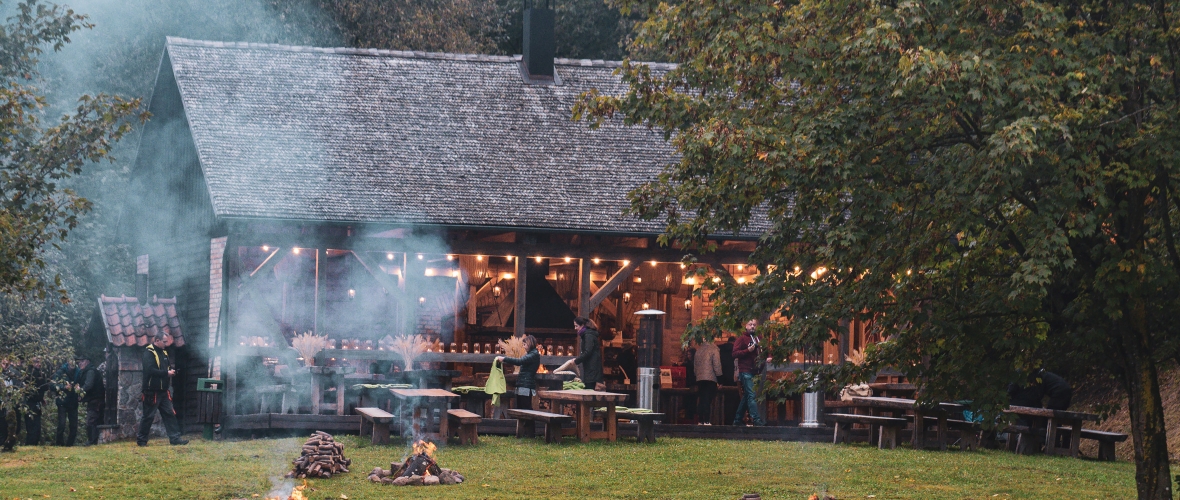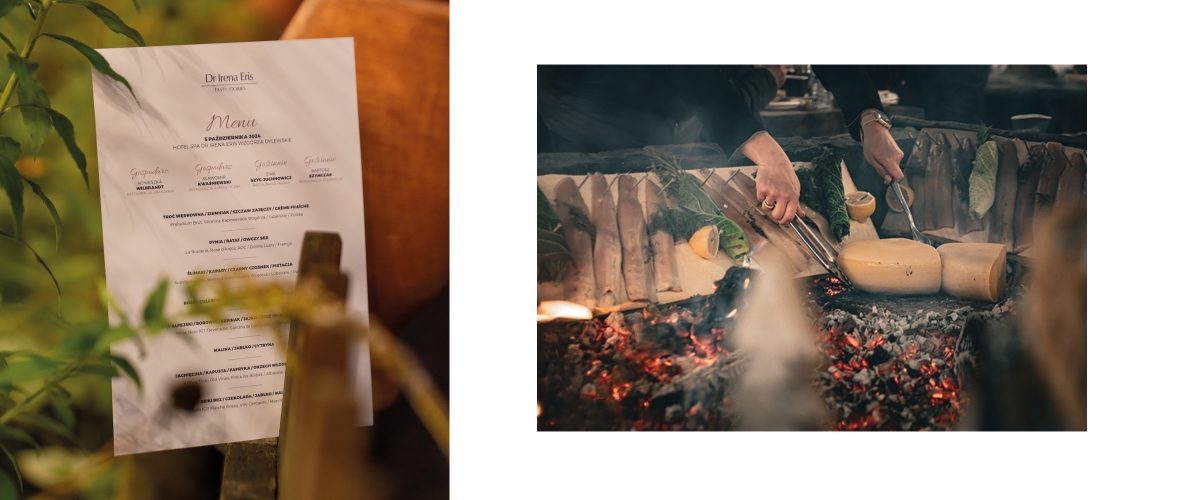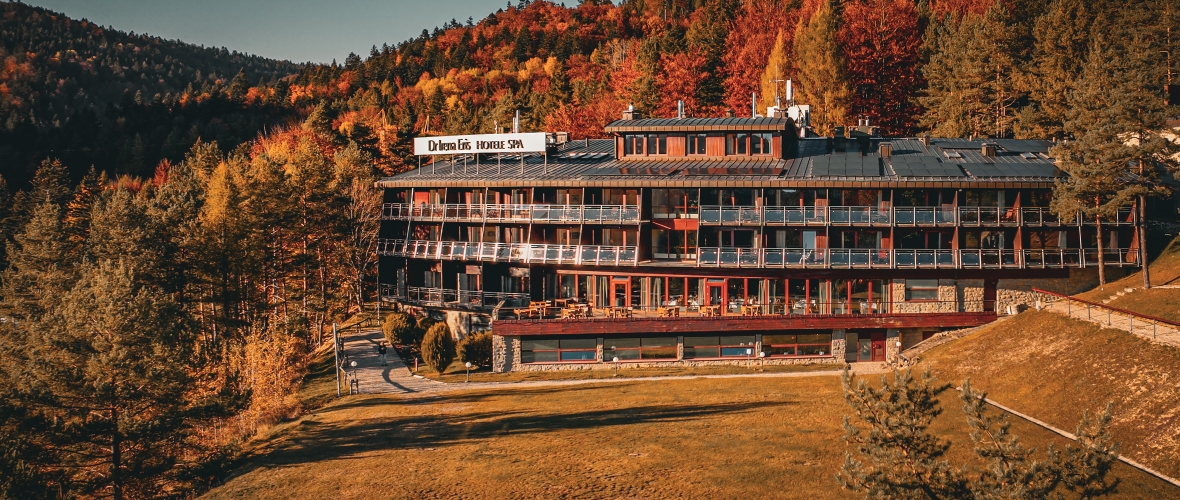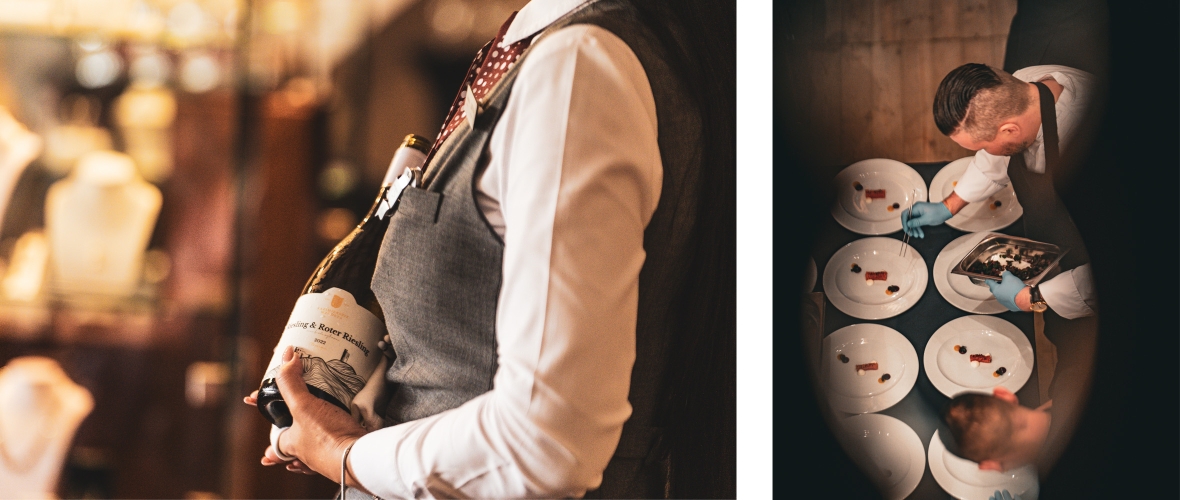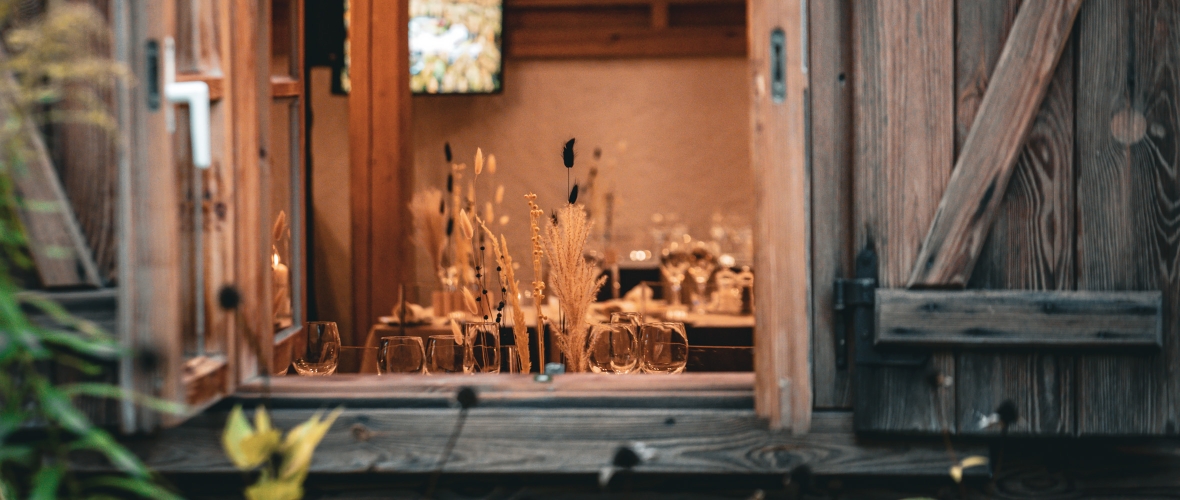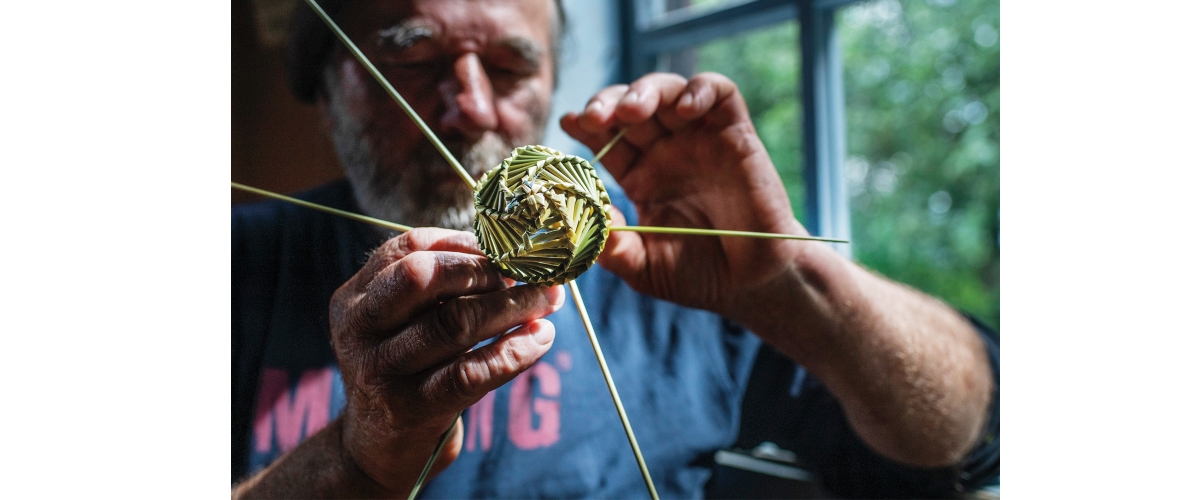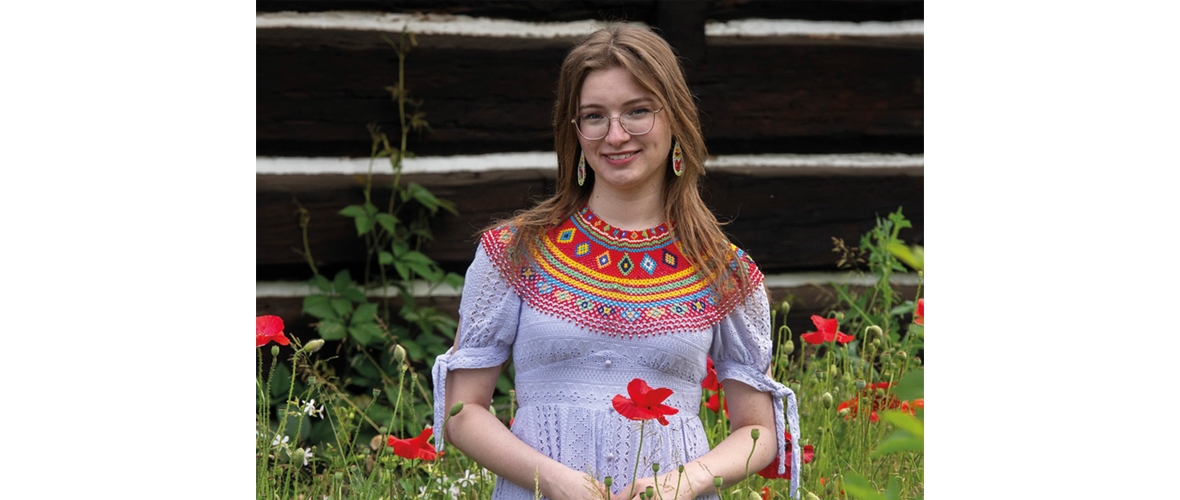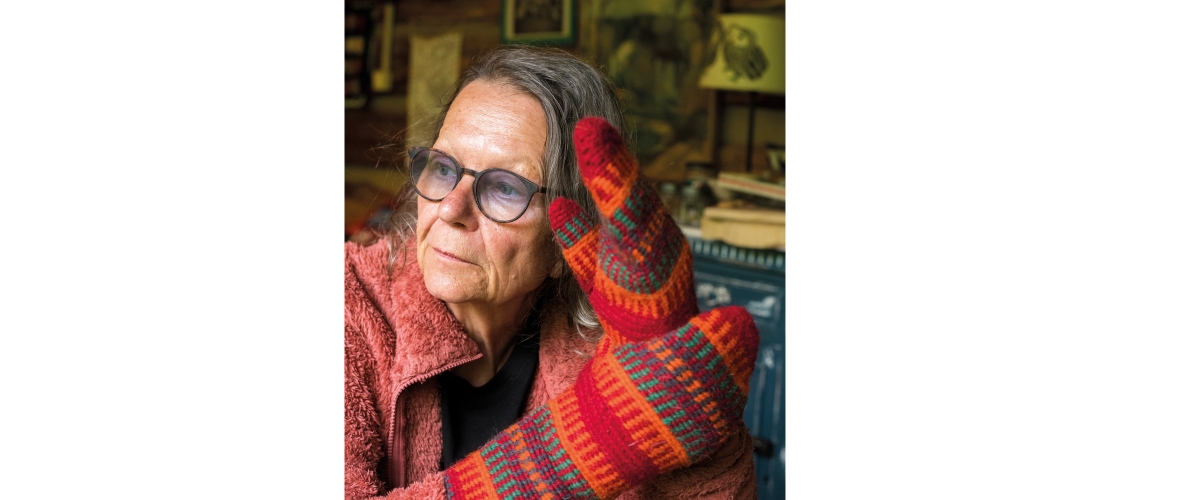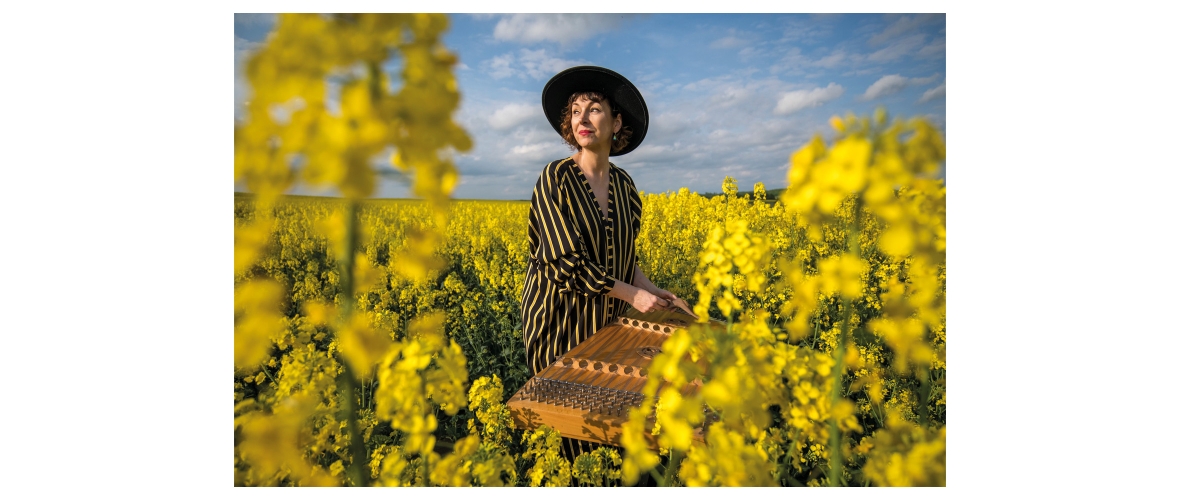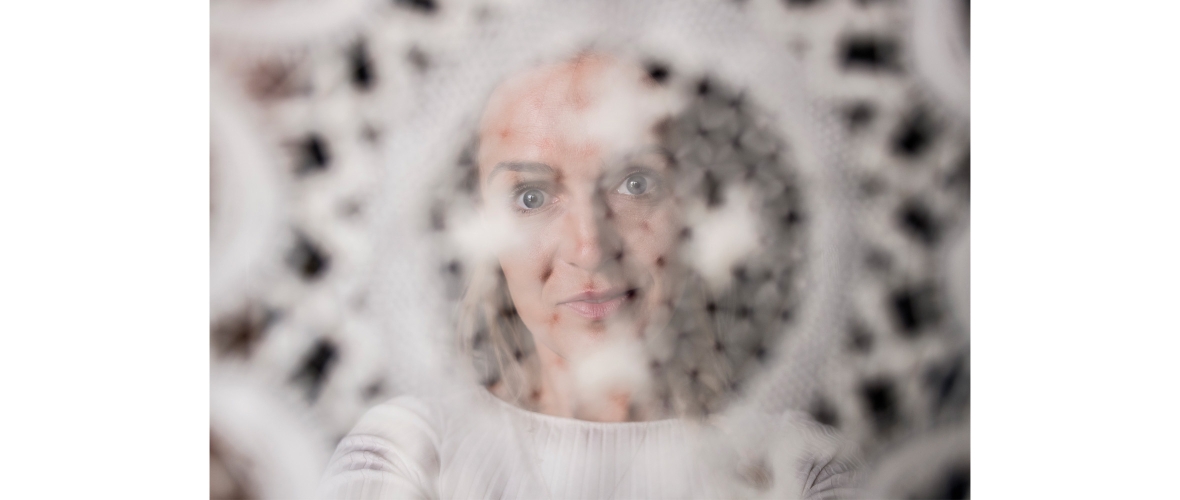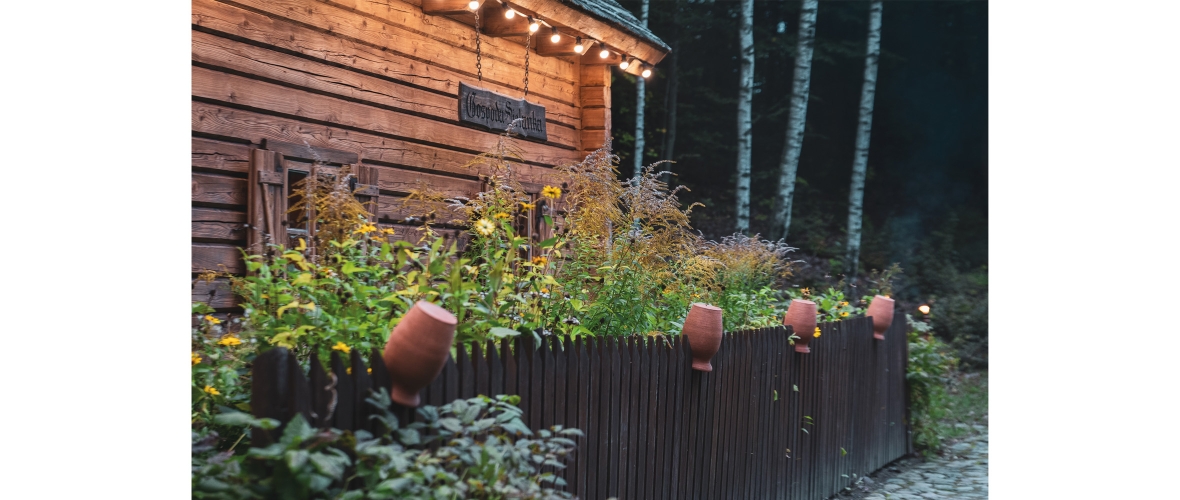At the turn of summer and autumn, the Dr Irena Eris SPA Hotels – Krynica Zdrój 12+ and Wzgórza Dylewskie – host an extraordinary cyclical event that, for seven years, has allowed guests to sample exquisite dishes made from traditional products from various regions. This year, the leitmotif of Tasty Stories once again celebrates local culture and art, highlighting artists and craftsmen who reference cultural heritage in their creativity or passion, aiming to recreate and preserve old traditions for future generations.
To save from being forgotten
What we can do to care for our cultural heritage is to allow those who cherish it to tell their stories. That is why, during Tasty Stories, we give voice to artists and creators who cultivate local traditions. Representing the Beskid Niski and Beskid Sądecki regions were Piotr Trochanowski, an outstanding Lemko poet and one of the pioneers of the cultural and ethnic revival of the Lemko community; Katarzyna Orszulak, who creates krywulki, a type of necklace worn over a snow-white shirt; and Stanisław Kolbuch, a master weaver. During our journey through Warmia and Mazury, we met Krystyna Tarnacka-Jurgielewicz, who makes Warmia bonnets, which were added to the UNESCO national list of intangible cultural heritage in 2023, and Natalia Tejs, who uses her own technique to capture landscapes and architectural elements on boards from a barn in Warmia that is over 100 years old. We also met Piotr Szatkowski, a scientist and enthusiast of the Masurian language, who is dedicated to its preservation through publications such as “Elementarz mowy mazurskiej” [Masurian Language Primer]. He also popularises the language during lectures and on social media.
